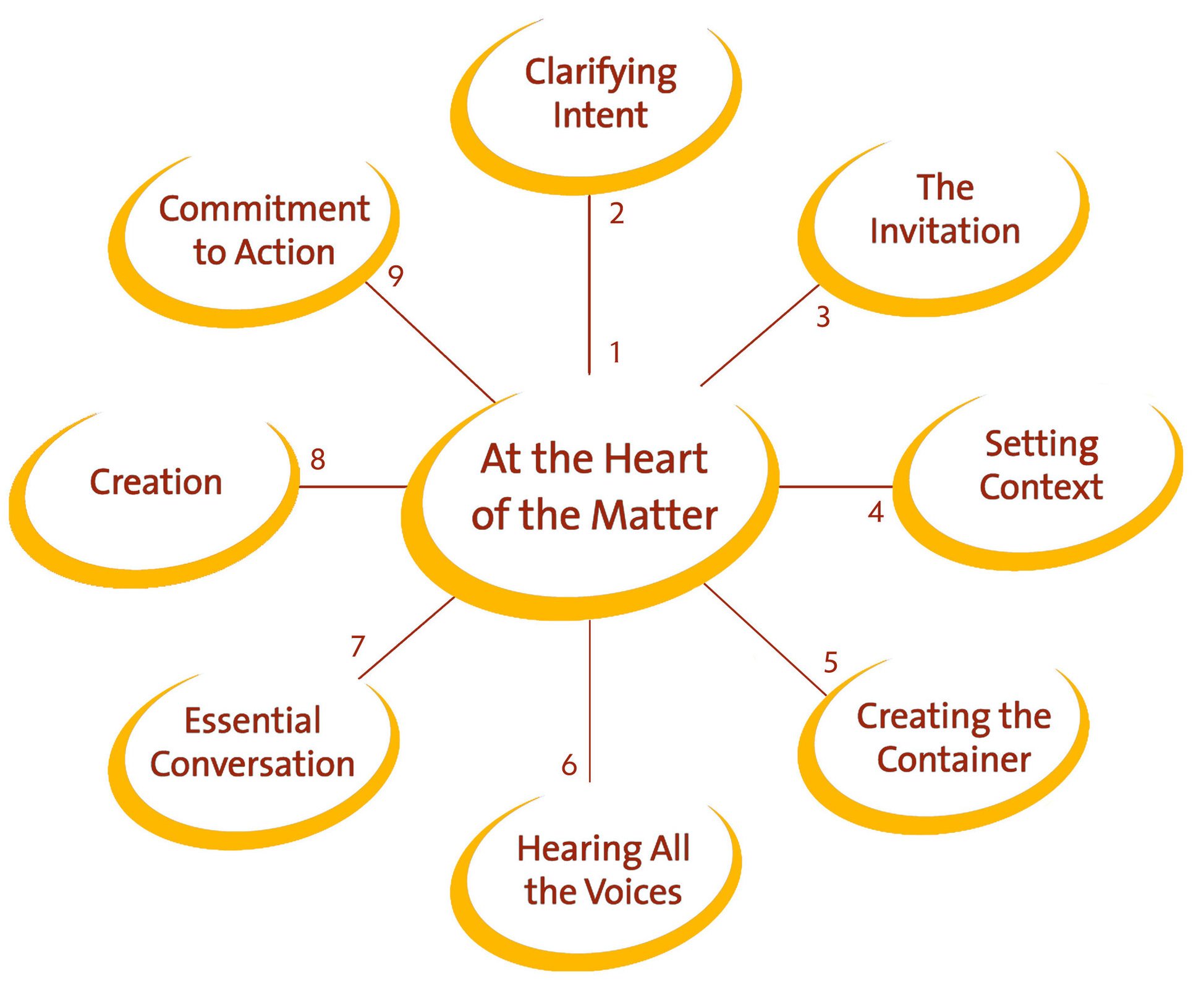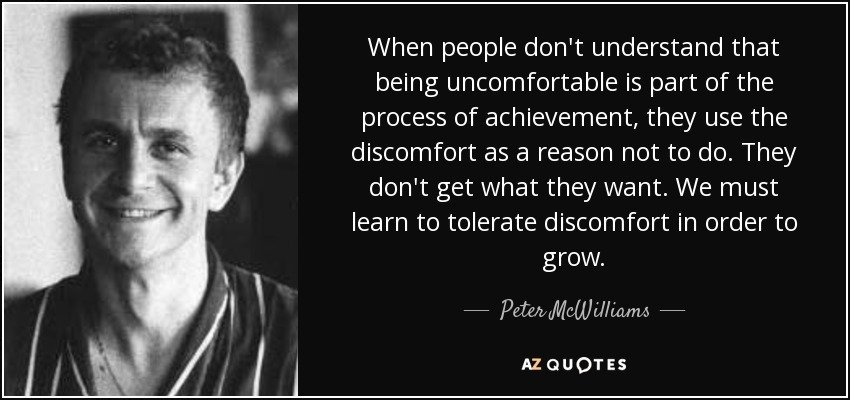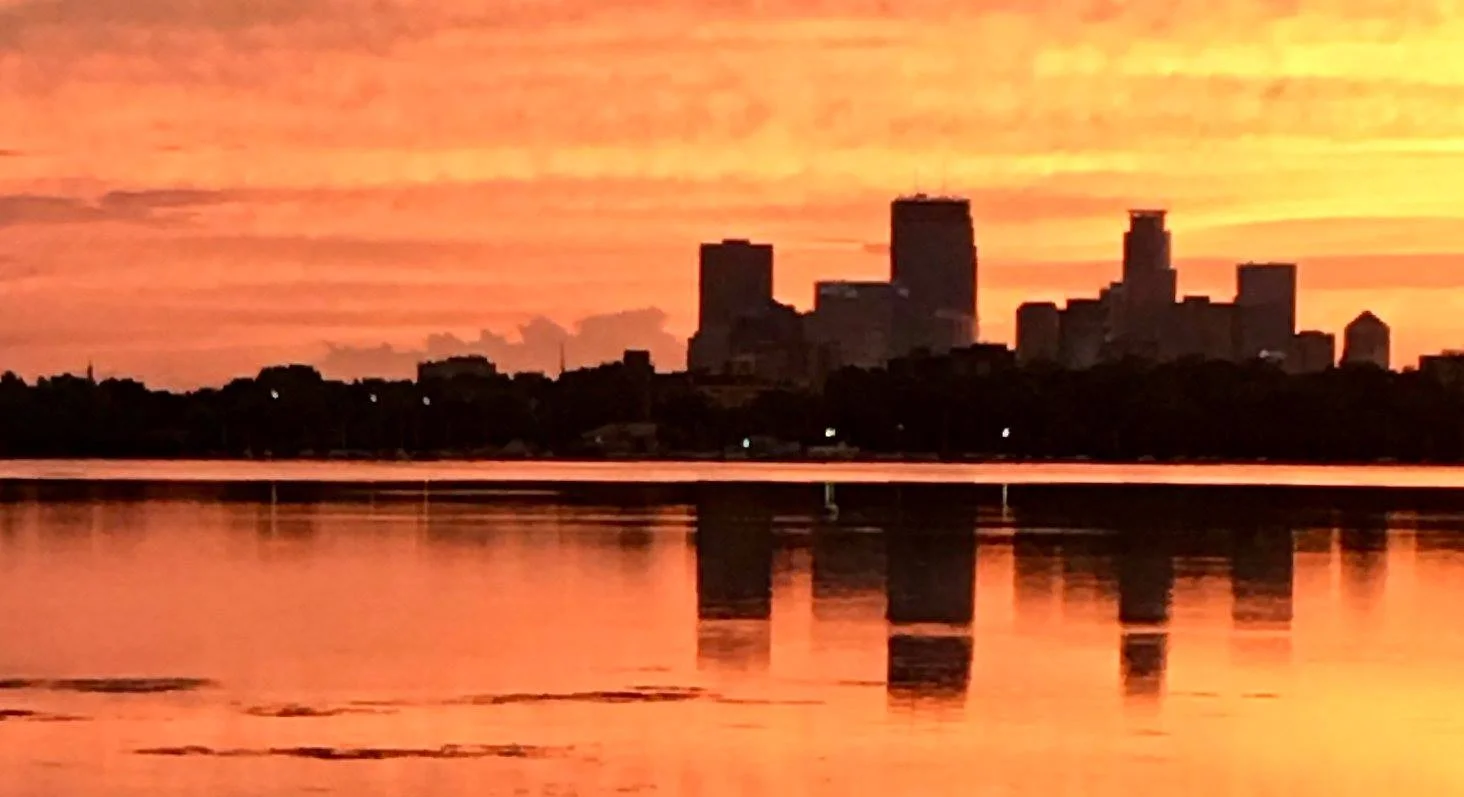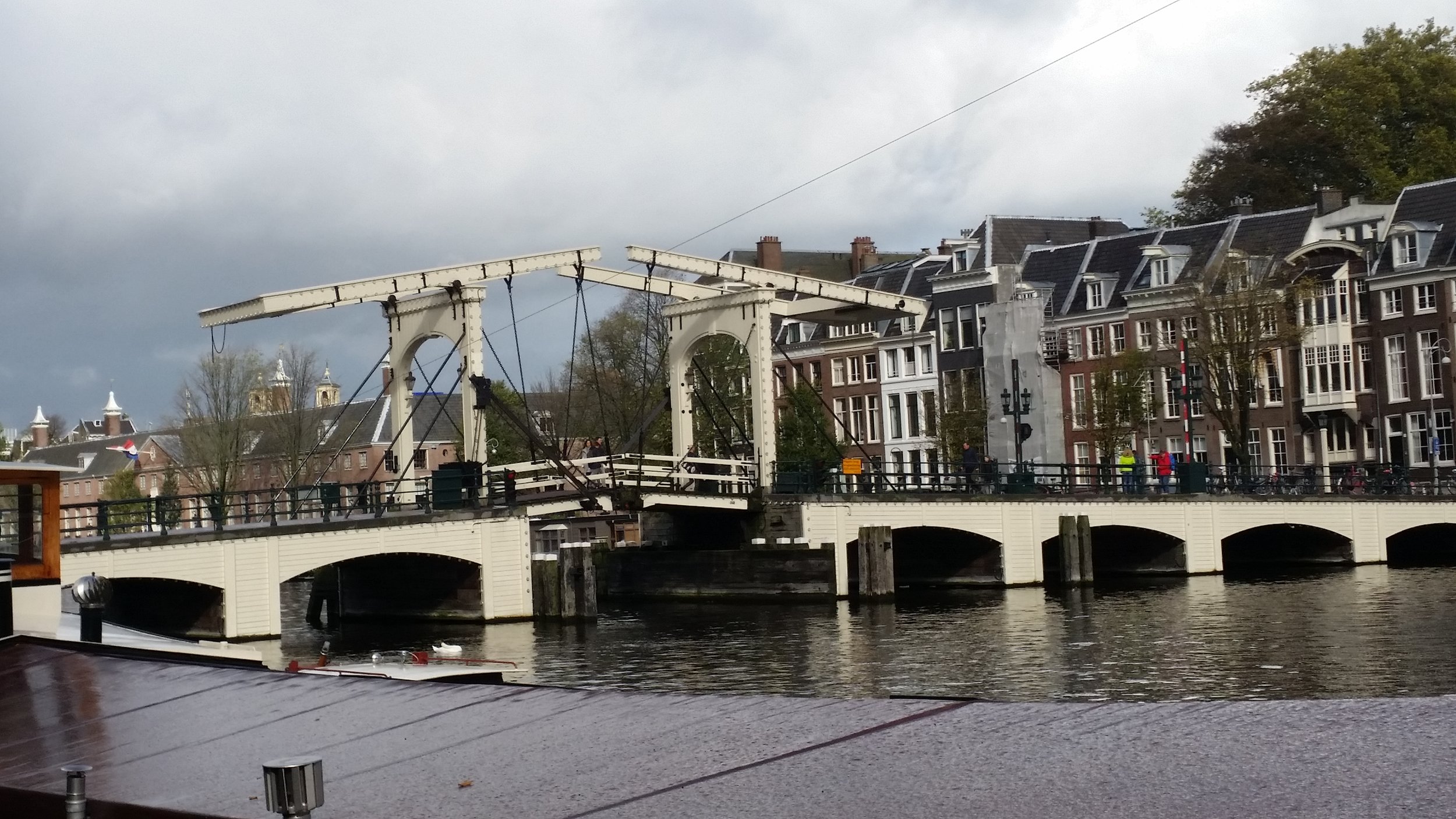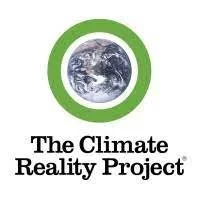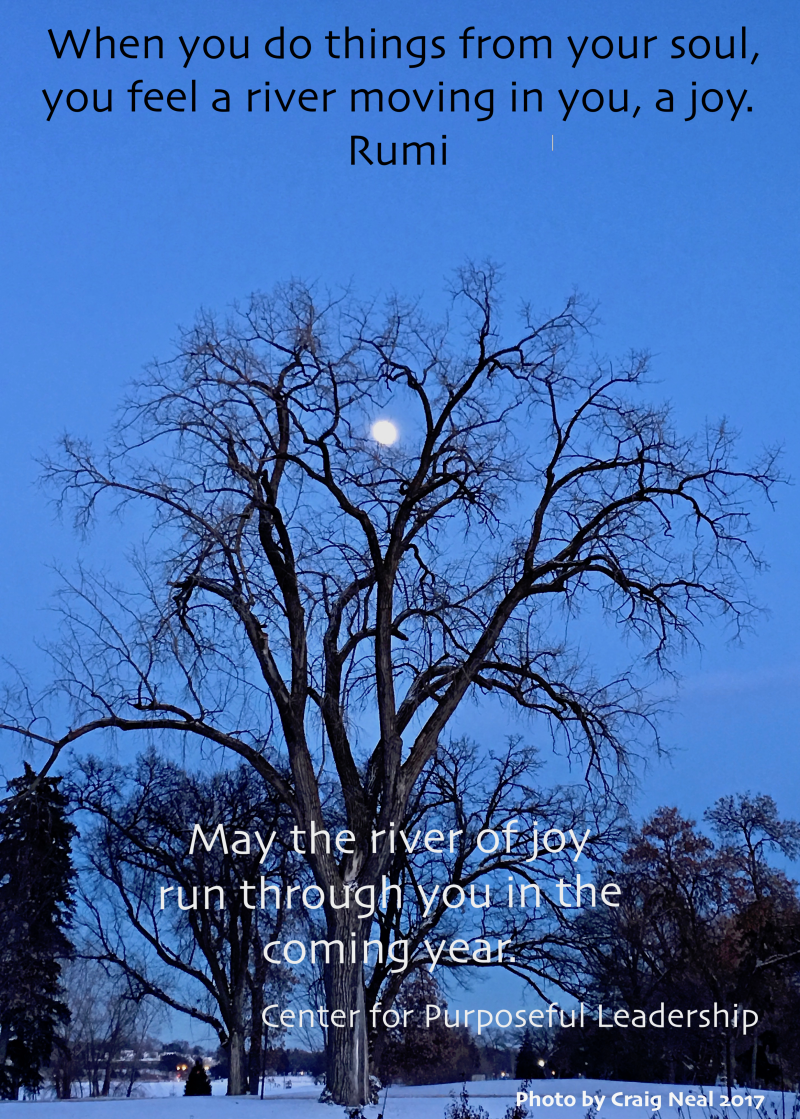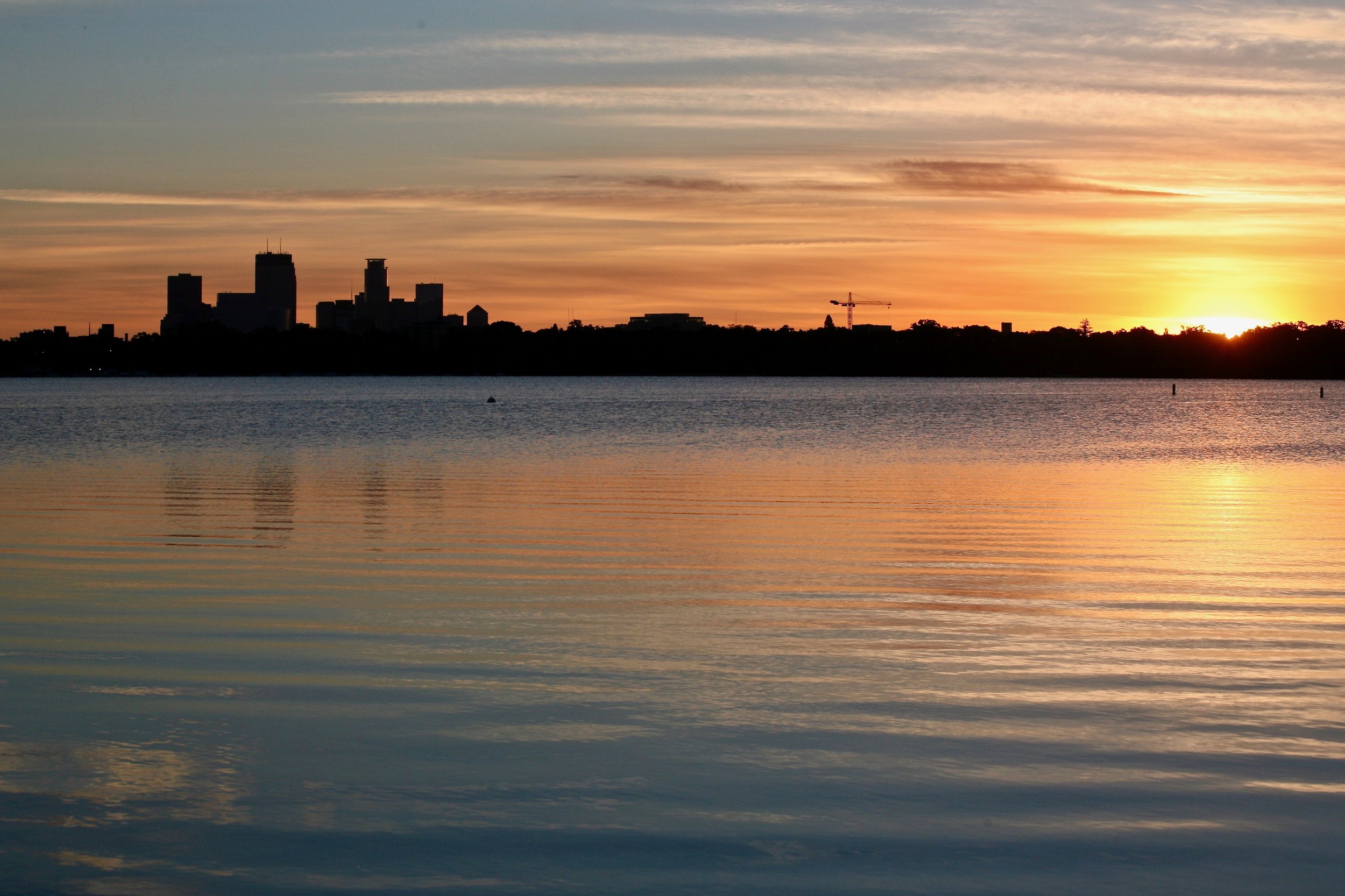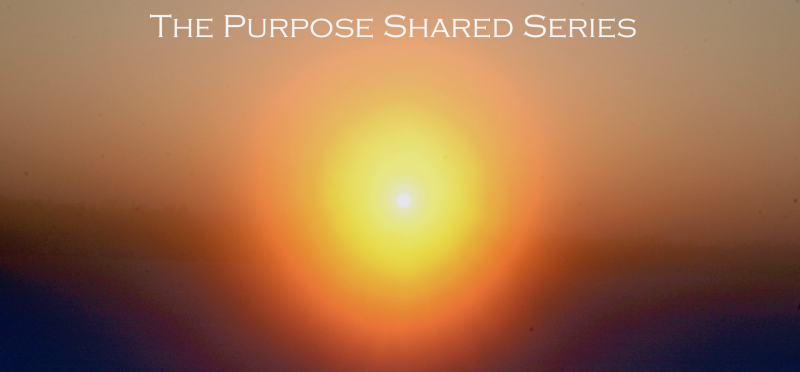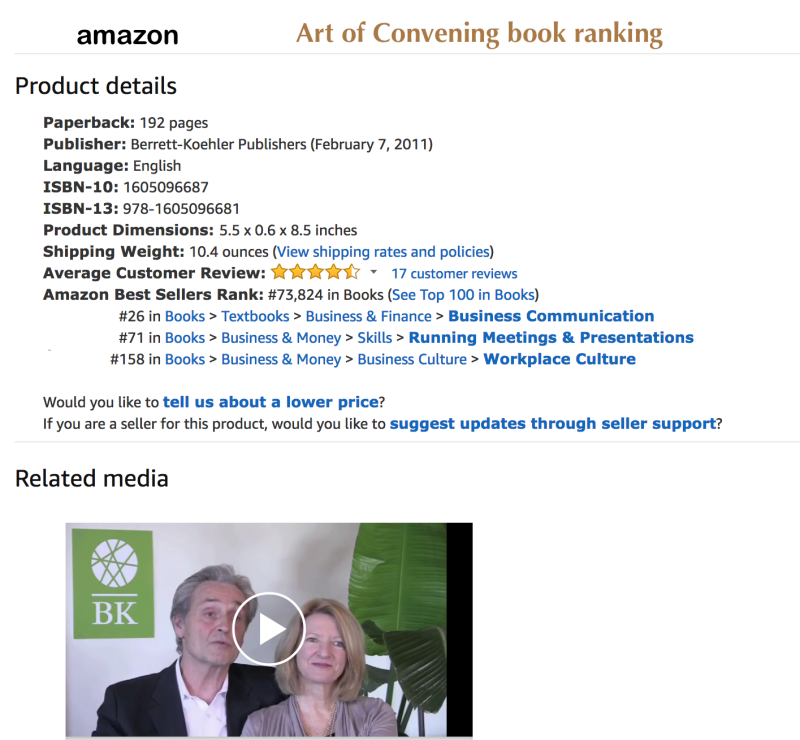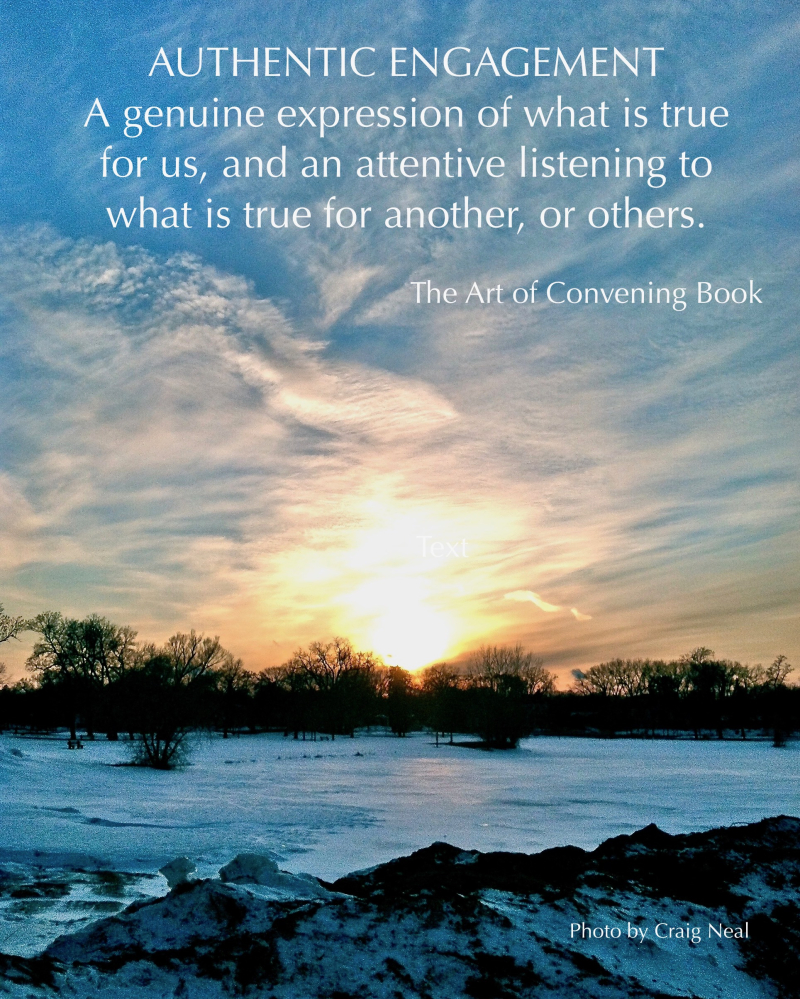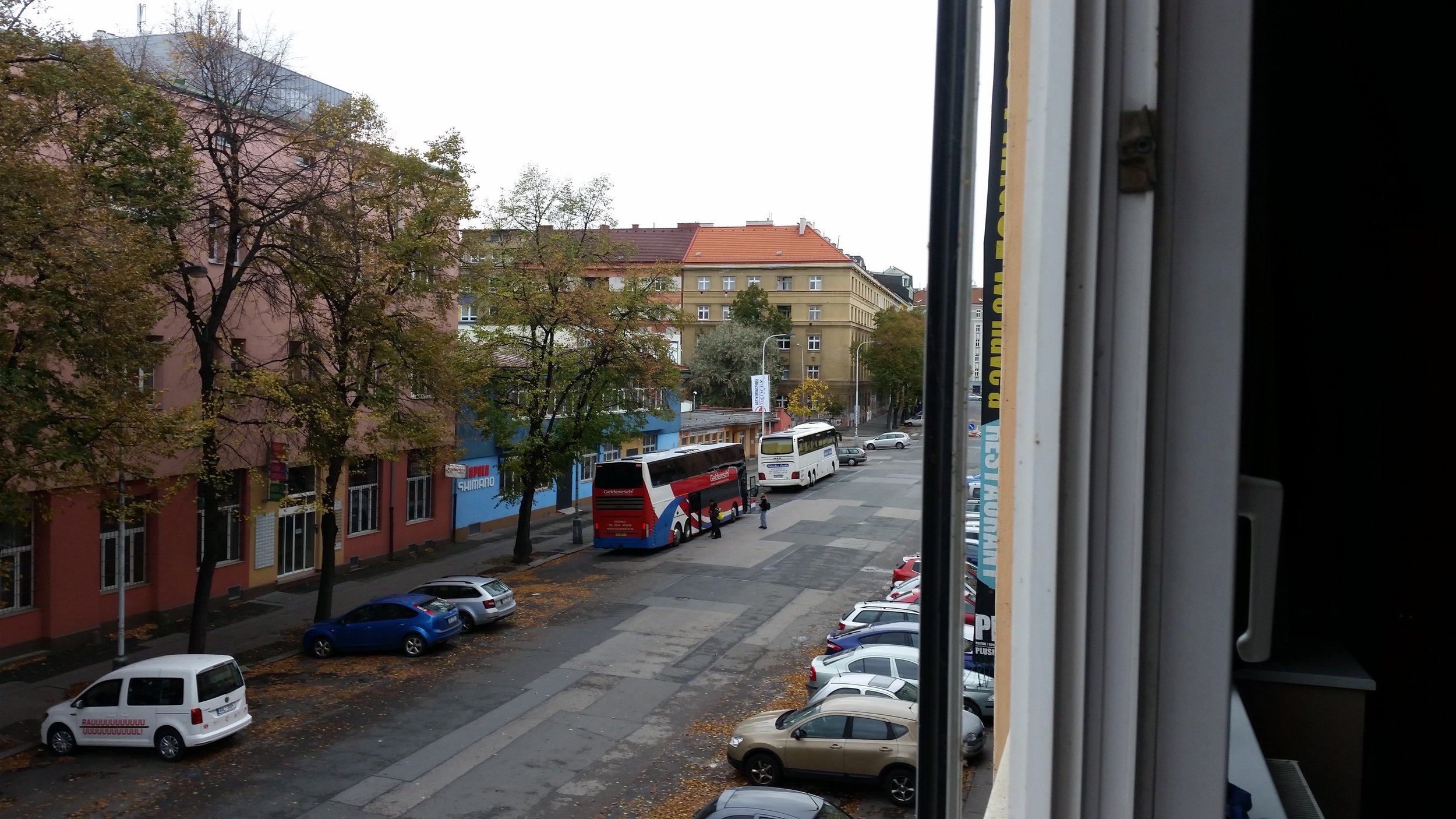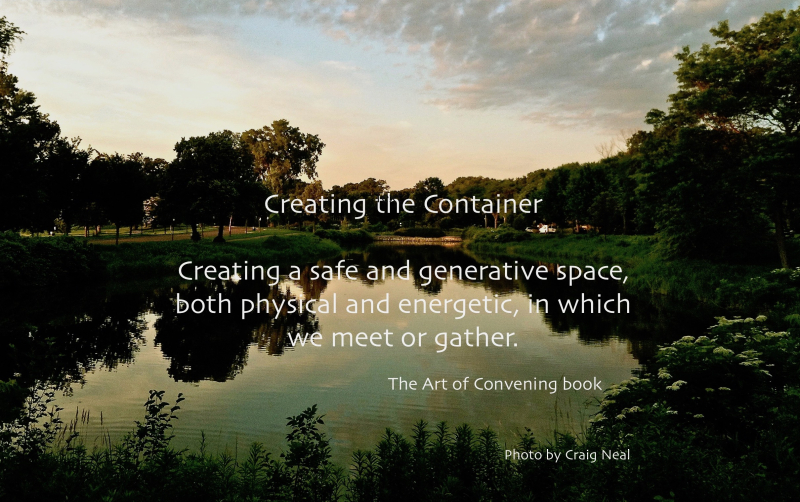Mojo: Building Block 4
/ Patricia Neal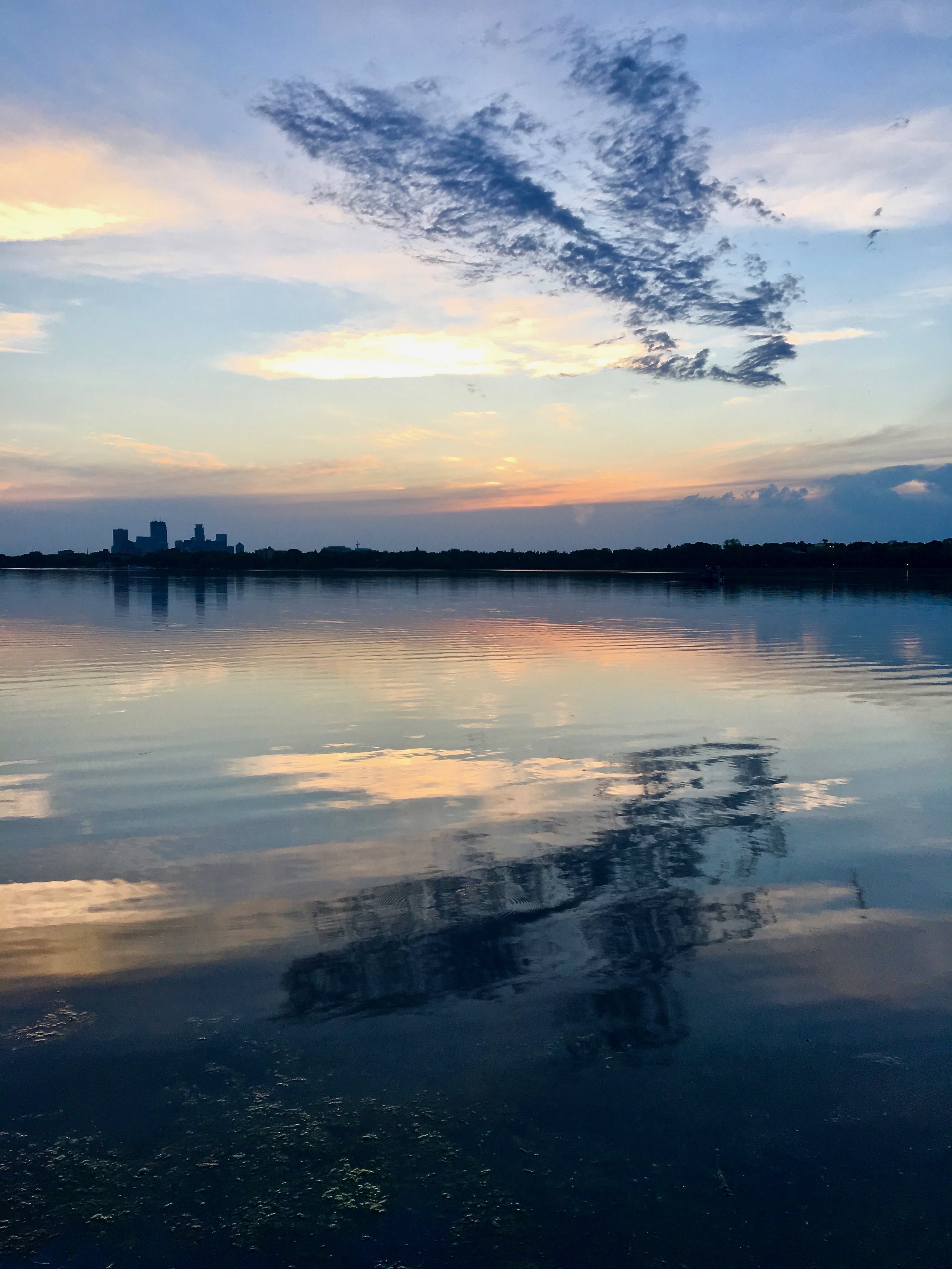
photo credit: Craig neal
Four vital ingredients need to be combined in order for you to havegreat Mojo.
The fourth element is acceptance. What can you change, and what is beyond your control? On the surface, acceptance—that is, being realistic about what we can and cannot change in our lives and accommodating ourselves to those facts—should be the easiest thing to do. it's certainly easier than crating an identity from scratch or rebuilding a reputation... And yet acceptance is often one of our greatest challenges... When Mojo fades, the initial cause is often failure to accept what is—and get on with life.
from MOJO: How to Get It, How to Keep It, How to Get It Back If You Lose It, by Marshall Goldsmith, our 3/23 VisionHolder Interview
Today we joined for our 97th Essential Conversation. This past week’s Essential Conversation was heavy, tearful, difficult, and necessary. This conversation continues a powerful sensing into the horrors of war and the heart it takes to find ways to heal.
Today marked our 98th Essential Conversations. We invited back our conversation starters from last week Tatiana Riabokin, DC and Katherine Curran to share more reflections. We gathered for the Hearth to slow down and go deeper into our conversation on the Ukrainian Crisis. We hold the people of Ukraine and all the refugees in our hearts today.
Today we joined for our 97th Essential Conversation. This past week’s Essential Conversation was heavy, tearful, difficult, and necessary. This conversation continues a powerful sensing into the horrors of war and the heart it takes to find ways to heal.
Today we joined for our 95th Essential Conversation. Following last weeks conversation we welcome back our guest conversation starter from Rwanda; Jeremy Solomons. Today we took time to breathe, reflect, slow down and dive deeper into our conversations.
As we reach the end of the current month highlighting Black History and Futures, we are met with a time of uncertainty and fear surrounding the growing turmoil between Russian and Ukrainian borders. For this reason we began this 94th Essential Conversation with “This Joy” by The Resistance Revival Choir, a reminder that joy is an act of resistance against the pain, hatred, and inhumanity we find plaguing our world. Upon convening, we examined as a group, “How do you bring peace, joy, and love in the midst of ongoing disruption?” The responses included small acts of personal preservation such as going outside, meditation and prayer, or receiving a hug.
Designing “ultimate virtual dinner party”... What would be your recipe? People are hungering for “courageous conversations.” Imagine a great dinner party: What questions would you create and people would you invite?
What if the questions are uncomfortable? What questions would you ask a family member and/or best friend that may be different verses meeting someone for the first time?
Why a dinner party? What better way to plan a great conversation. Why today? What better day to talk about purpose than on Valentine’s Day, the day of love! Anthony Douglas Williams reminds us, “Our purpose is simple… to love; to love each other, to love all life, and to love our Earth.” But let’s not stop there.
In the discussion we heard from several graduates of the Mastering Convening course about how their journey with The Art of Convening has shaped their work, life, and mindset. Their insight was both personal and profound, opening the conversation for small group discussions with the question, “What have you heard that resonated with you as a leader? In your life and/ or work.” The responses remind us of the power of the convening wheel which allow us to look inwards, practice living out love, authenticity, and looking for the good. When we give permission to ourselves we are able to see the same in others.
This week we gathered for the Hearth which is another expression of Essential Conversations. We welcomed back our allies Kelly Chatman, Yvette Trotman and Harry Waters Jr., who will continue to deepen our conversation from last week about justice and dreams of justice.

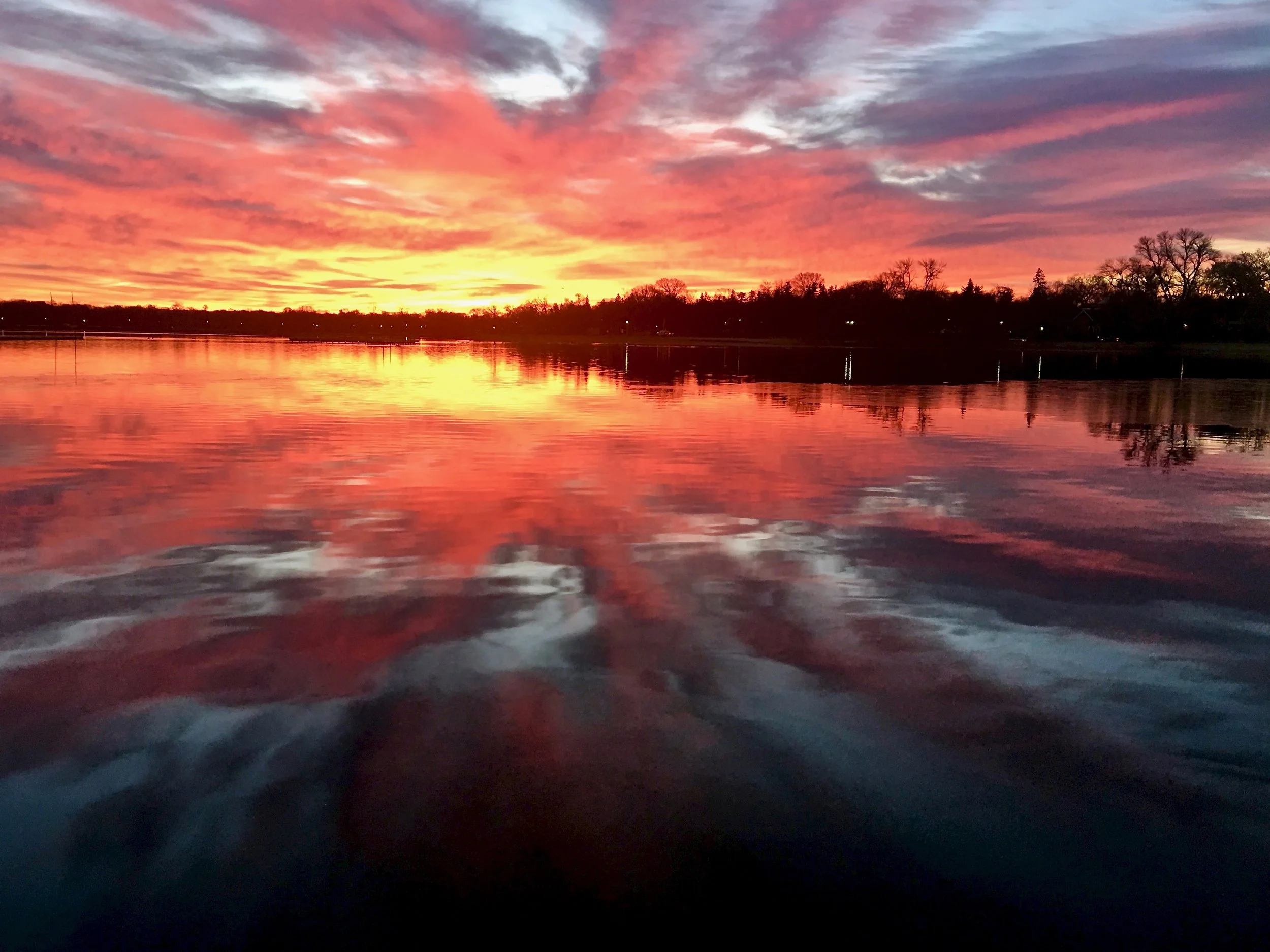

![[Hearth] Voices from Ukraine: Part 2](https://images.squarespace-cdn.com/content/v1/58a4e3be9de4bb98b066fd6f/1647955546471-VUGA4FCGFEUYJ29TEQVA/sunforest-mix-sunflower-types-1586794598.jpeg)

